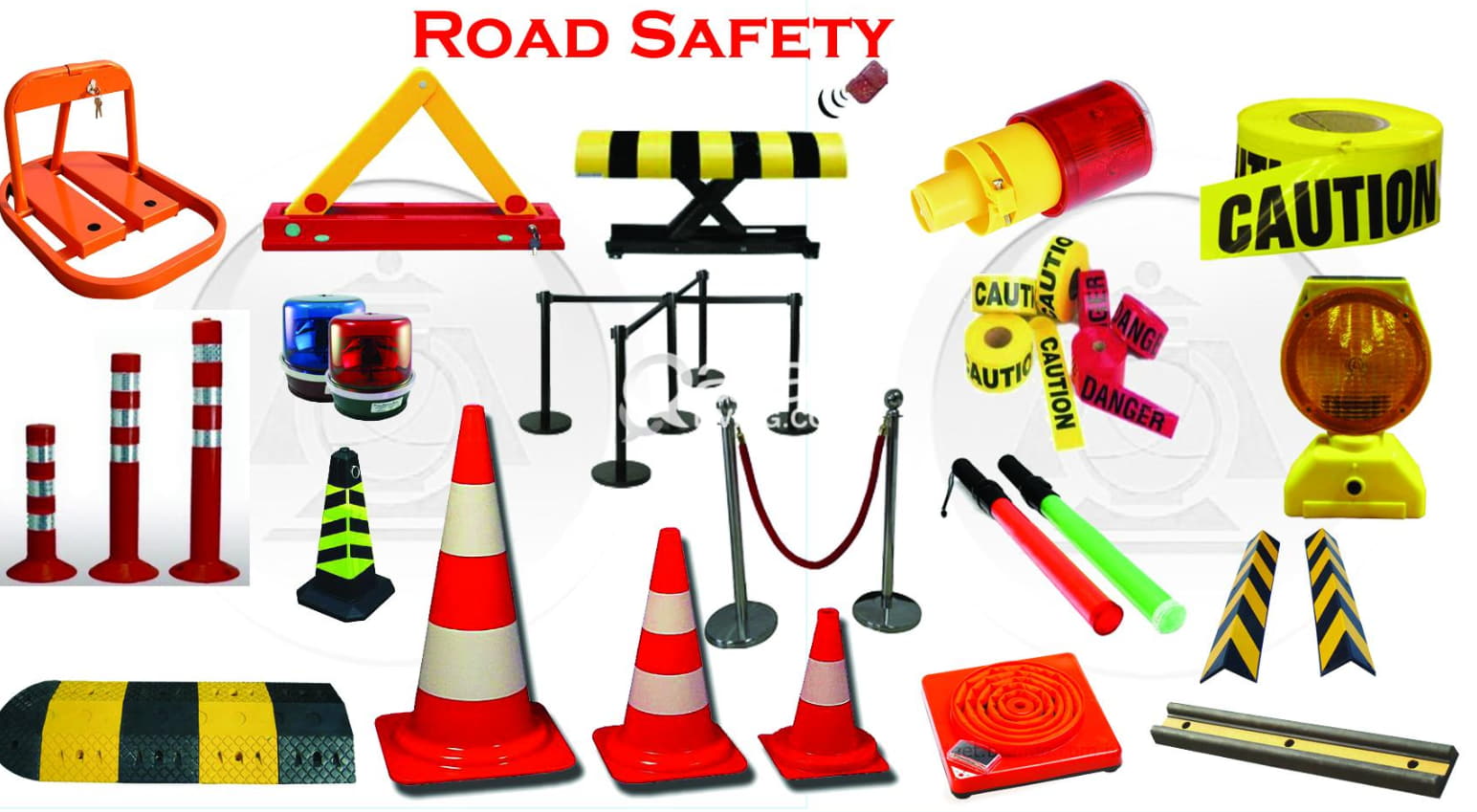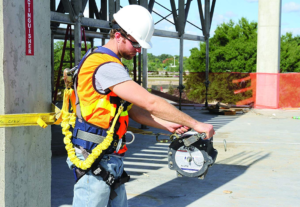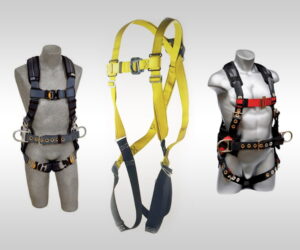Road safety is a critical concern in any construction zone. With numerous moving parts and potential hazards, it is essential to prioritize the safety of workers and motorists alike.
Road safety equipment plays a pivotal role in ensuring the smooth flow of traffic, preventing accidents, and protecting everyone involved. In this article, we will explore the significance of road protection equipment in construction zones, highlighting its key features and benefits.
The Role of Road Safety Equipment in Construction Zones
- Construction poses unique challenges for both workers and motorists alike. These areas are dynamic and ever-changing, with ongoing construction activities that can disrupt regular traffic flow.
- Reduced speed limits, sudden lane closures, and temporary road conditions add an additional layer of complexity to navigation through these zones. In such scenarios, it becomes absolutely crucial to implement effective safety measures to protect the lives and well-being of everyone involved.
- Road protection tools are pivotal in mitigating the risks associated with construction zones and maintaining order amidst the chaos. By providing clear visual cues and guidance to motorists, this equipment ensures that they are aware of the potential hazards and changes in traffic patterns that lie ahead.
- Bright orange traffic cones act as beacons, guiding vehicles through the designated paths, while barricades create physical barriers that keep them at a safe distance from construction activities.
- These devices not only enhance the visibility of the construction zone but also help streamline the traffic flow, preventing accidents and reducing the likelihood of collisions.
1. Traffic Cones and Barricades
Traffic cones and barricades are fundamental components of road safety equipment. These bright orange markers guide motorists through construction zones, alerting them to potential hazards and indicating changes in traffic patterns.
By creating a clear visual distinction, these devices help streamline traffic flow and prevent accidents. They also serve as a physical barrier, keeping vehicles at a safe distance from workers and construction activities.
2. Warning Signs and Flashing Lights
Warning signs and flashing lights are crucial in keeping motorists informed and prepared for upcoming construction zones. These signs communicate important information such as lane closures, reduced speed limits, and detours.
Flashing lights enhance visibility, especially during nighttime or adverse weather conditions, ensuring that drivers can navigate through the area safely. By providing advanced warning, these elements contribute significantly to accident prevention and overall road safety.
3. Reflective Vests and Personal Protective Equipment
Worker safety is of paramount importance in construction zones. Reflective vests and personal protective equipment (PPE) are essential for ensuring the visibility and protection of workers.
Reflective vests not only make workers easily identifiable to motorists, but they also enhance their visibility in low-light conditions. PPE, including hard hats, safety goggles, and steel-toed boots, protect workers from potential hazards such as falling debris, dust, and sharp objects.
4. Traffic Management Systems
In larger construction zones or areas with heavy traffic, advanced traffic management systems play a vital role in maintaining order and optimizing traffic flow. These systems include electronic message boards, variable speed limit signs, and lane control signals.
By providing real-time information and guidance, they help drivers navigate through the construction zone safely while minimizing congestion and delays.
Conclusion
Road safety equipment is indispensable in construction zones as it ensures the well-being of workers and motorists alike. Traffic cones, barricades, warning signs, reflective vests, and advanced traffic management systems collectively contribute to accident prevention, efficient traffic flow, and overall road safety.
By implementing these measures, construction projects can be carried out with minimal disruptions and maximum safety. Remember, when it comes to road safety, the right equipment can make all the difference.

 Home
Home







